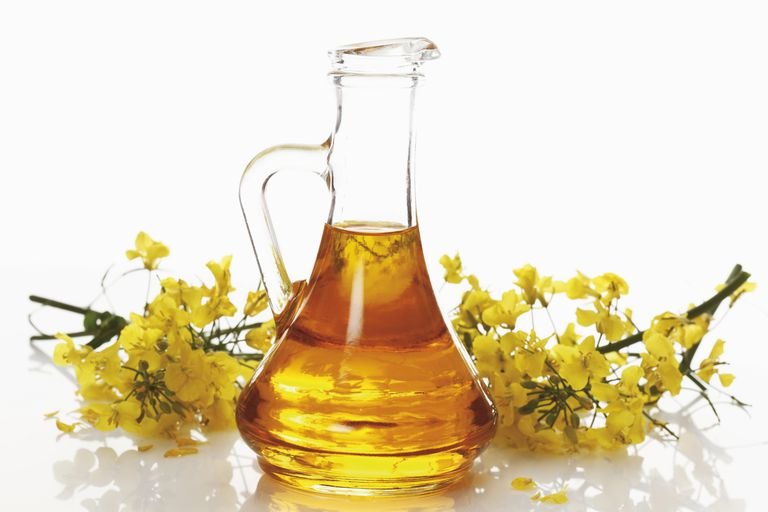
Where does Canola oil come from?
Canola oil comes from the crushed seeds of the Canola plant. Canola is part of the Brassica family. Cabbages, broccoli and cauliflower are also part of this same botanical family. Each Canola plant grows from 3 to 6 feet (1 m -2 m) tall and produces beautiful yellow flowers. As the plant matures, pods that form are similar in shape to pea pods, but about 1/5th the size. Each Canola plant grows from 3 to 6 feet (1 m -2 m) tall and produces beautiful yellow flowers.
Once harvested, Canola seeds are taken to a facility where they are crushed to extract the oil contained within the seed. This oil is then further refined and bottled as Canola oil. Basic characteristics of this cooking oil include a pale golden color, light texture, neutral taste and high heat tolerance. The average Canola seed is 45% oil. The remainder of the seed, which is very high in protein, is processed into Canola meal and used as a high quality animal feed.
Canola Oil Right For You
Canola oil does not contain gluten and therefore is suitable in a celiac or gluten free diet.
Cholesterol and trans fat free: Trans fat raises bad LDL cholesterol and lowers good HDL cholesterol.
It is the number one vegetable oil in Canada and Japan, while number two in Mexico and the United States. Overall, it is the third most consumed vegetable oil in the world.
Canola oil aids in the absorption of fat soluble vitamins A, D, E, and K. Canola oil also contains Vitamin E (1.9 mg in conventionally processed Canola) and K (115-220 ug per 100g). Vitamin E is an antioxidizing agent and may be a valuable tool in fighting cancer and heart disease. Vitamin K is vital for blood clotting.
For More Details:Hayatipride

